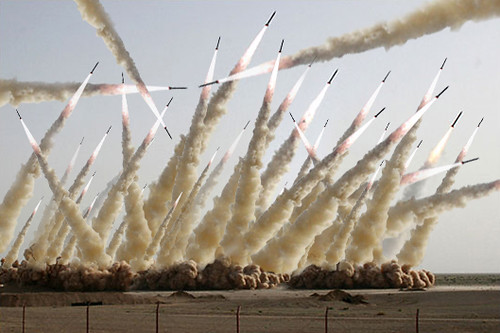Original post:
First, some talk (Aug. '09) From Xinhua:
China's State Council, the Cabinet, warned Wednesday of overcapacity in emerging sectors such as wind power, saying the country would move to "guide" development troubled by overcapacity and redundant projects.Overcapacity has persisted in the steel and cement sectors, while redundant projects have surfaced in the emerging sectors of wind power and polysilicon, said a statement issued after an executive meeting of the State Council, presided over by Premier Wen Jiabao.
"Overcapacity and redundant projects remain prominent because of slow progress in industrial restructuring in some of these sectors," the statement said.
"Guidance" would be particularly enhanced on the development of steel, cement, plate glass, coal chemical, poly silicon, and wind power sectors, it said....MORE
Now some action. From Reuters:
China vows to crack down on industrial overcapacity
China's cabinet has laid out detailed plans to curb overcapacity in industries such as steel, aluminum, cement and wind power, warning that the country's economic recovery could otherwise be hampered.
In a reiteration of existing policy targets, the State Council said meeting the government's long-standing goal of reducing overcapacity was urgent because the result of inaction would be factory closures, job losses and rising bad bank loans.
"What especially requires our attention is that it is not only traditional industries such as steel and cement that suffer from productive overcapacity and are still blindly expanding," it said in a notice posted late on Tuesday on www.gov.cn.
While highlighting overcapacity in sectors such as steel and cement -- both energy-guzzling and polluting --, it also aimed at new industries such as wind power equipment and silicon....MORE
HT: for both links, Greentech.







